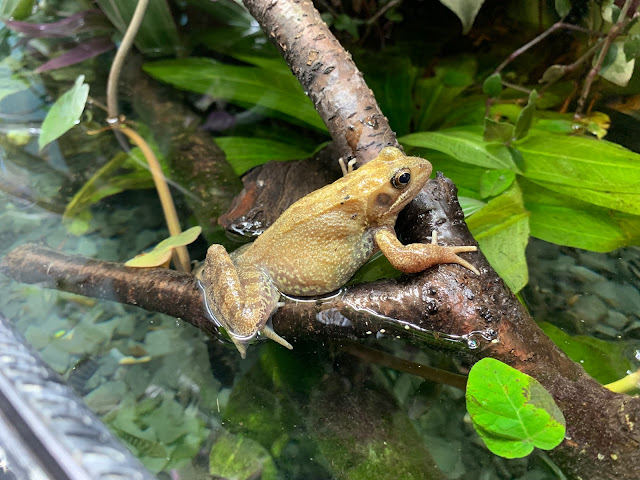Latest bird list from the Old Vic HERE which has recently been hovering around 30 species of up to 140 individuals in or from the garden. A few notable absentees at the moment including Mistle Thrush, Blackcap, Song Thrush, Dunnock and very low numbers of Great Tit. Not sure if the breeding Dunnocks and Song Thrush move out before the migrants come in or if they are just laying low. Also Carrion Crow has a low profile at the moment. Very little in the way of migrants just the odd Chiff and Willow Warbler and the local hirundines are often overhead.
Cooler shorter evenings and more autumnal conditions has seen a real slow down in the light traps with only 43 moth species in the last few days. Numbers are still holding up with 260 moths last night but the diversity now is pretty low. The year list is 421 and today was the first day this season that there were no NFYs.
More apple, plum and rhubarb crumble and sweetcorn from the mini farm and there are plenty of potatoes to harvest and also cabbages and the tomatoes are nearly ready.
A few additions to the mini-zoo which has bounced back to 93 species. What with only about 40 moths, 30 birds, a handful of mammals and other taxa plus the usual 150 plants and tree species in the garden at the moment, the 'zoo' element to the Old Vic biodiversity is really quite significant. Just to beat this drum again, in this age of anthropogenic biodiversity collapse within the wide 'original' environment, creating safe havens for species within the anthropogenic environment through the pet/domestication/zoo evolutionary route is another high impact way to be nature positive. Important to challenge the anti-human purists definition of biodiversity (which has become a tool for oppression) which in no way is exclusive to being nature positive in other ways such as owning and managing land for nature through private nature conservation and wildlife gardening or through the more traditional narrative surrounding biodiversity and nature conservation through reserve creation through collectives and charities. If the most widest view of biodiversity can be embraced, there is still no time for complacency over the ecological emergency but it is certainly a much more manageable and achievable challenge to address. The exaggeration of the problem appears to be a symptom of human power struggles where sensationalist disaster narratives are used to create states of hopelessness for control purposes, justify certain funding streams, maintain established inequalities and to prop up obsolete traditions.







No comments:
Post a Comment